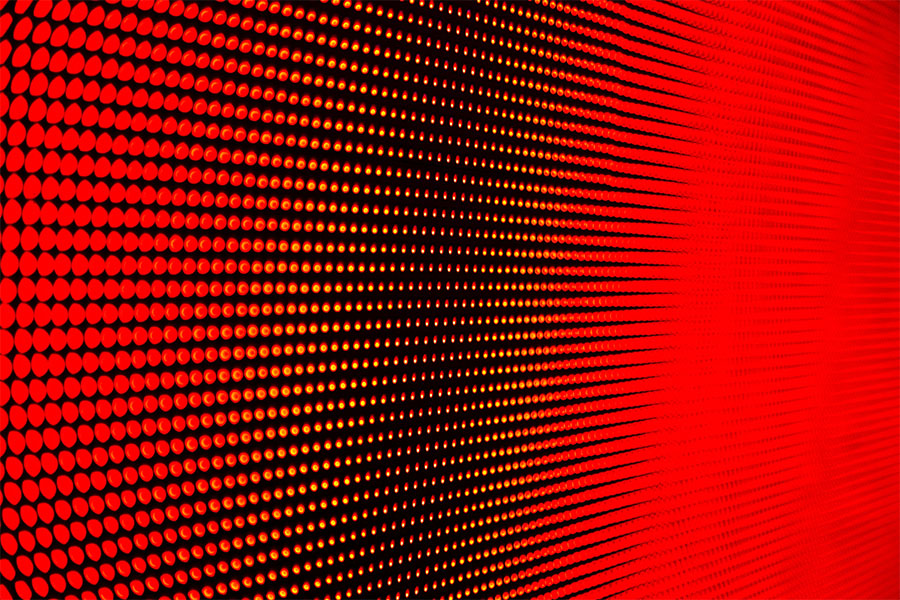
Organizing Quantum Dots
By Alexandra George
Media InquiriesImage display quality and technology is rapidly advancing. You can watch movies at home with the same or even better quality than at the movie theater. While the difference from even a few years ago is big, one reason for the improvement is very tiny: nanoparticles.
Many electronic devices are beginning to use quantum dots, or nanoparticles from a certain type of semiconductor, to make displays brighter. The quantum dots are placed in a random mixture on a film on the back of the display where they convert blue LED light into other colors. But not all of the absorbed light is converted in this way; some of it is converted into and absorbed as heat by neighboring dots of a different color. On big displays, the film heats up and eventually breaks down the device.
Materials Science and Engineering Professor and Scott Institute Faculty Affiliate Michael Bockstaller and his team are working on ways that these quantum dots can self-assemble into organized patterns. When the dots are surrounded by particles of the same color, it minimizes heat absorption and increases efficiency. The team has already proved that they are able to control these nanoparticles by attaching a polymer chain to them. Now, they plan to study exactly what about the polymer causes the particles to move.